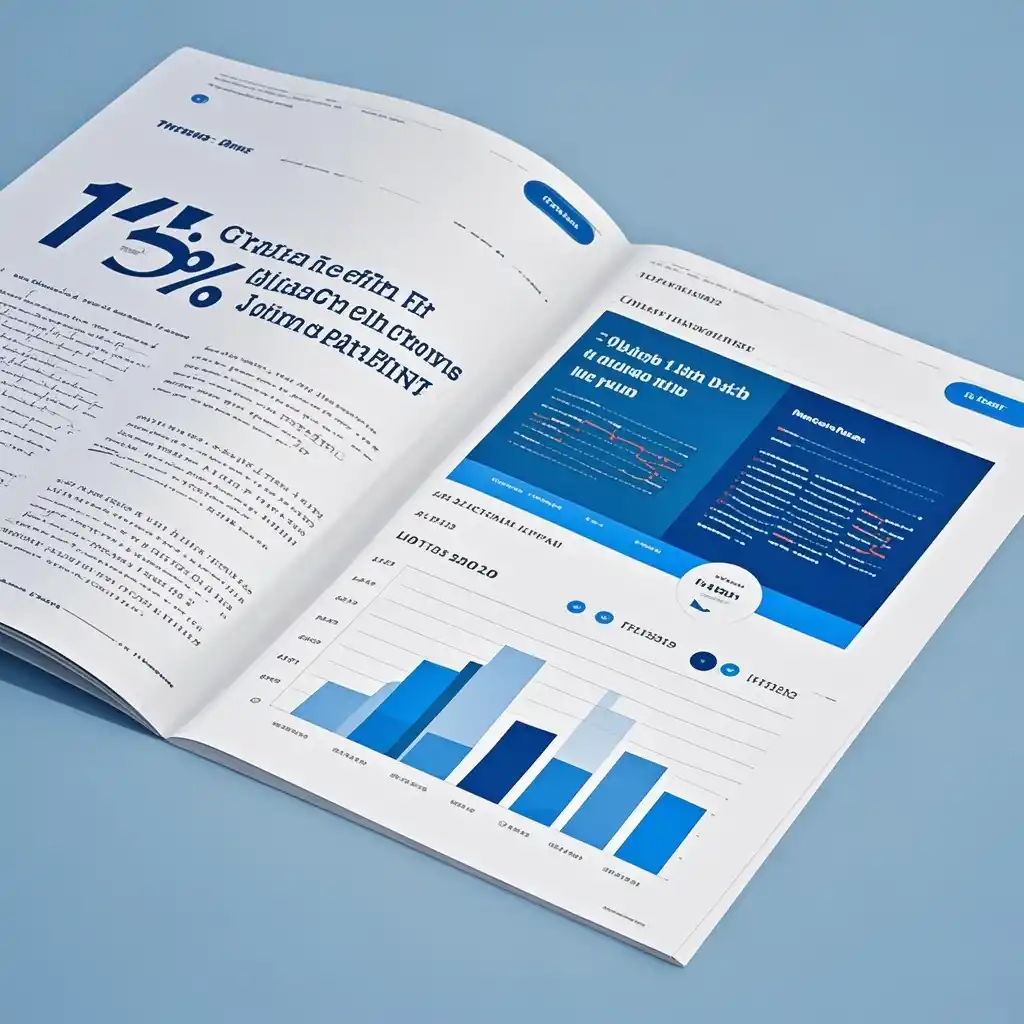

In recent years, cross - border e - commerce has been booming, with Chinese cross - border e - commerce enterprises playing a significant role in the global market. However, the imposition of 145% US tariffs on Chinese goods has brought great challenges to these enterprises.
Background
The trade relationship between China and the United States has been complex. With the aim of protecting domestic industries and adjusting the trade balance, the United States has imposed high tariffs on a large number of Chinese goods. A 145% tariff is an extremely high - level tariff measure. For example, in some traditional Chinese export - dominated product categories such as certain types of textiles and basic manufacturing products, the pre - tariff price may be relatively low. Let's assume a Chinese - made textile product is originally sold in the US market at $10. After the imposition of a 145% tariff, the cost for US importers to bring in this product will be $10*(1 + 1.45) = $24.5. This huge price increase makes Chinese products much less competitive in the US market.
Impact of 145% Tariffs on Chinese Cross - border E - commerce Enterprises
1. Profitability decline With such a high tariff, the cost of goods exported to the United States has increased significantly. Chinese cross - border e - commerce enterprises often rely on price advantages to gain market share. For instance, if an enterprise's profit margin on a product was previously 20% based on the original price, after the tariff is imposed, the price increase may lead to a significant reduction in sales volume. If the sales volume drops by 50% due to price sensitivity in the US market, the overall profit will be severely affected. Even if the enterprise tries to absorb part of the tariff cost, it is still difficult to maintain the original profit level.
2. Market share loss Consumers in the United States are price - sensitive. When the price of Chinese products rises sharply due to tariffs, they may turn to alternative products from other countries or domestic products in the United States. According to market research data, in some product categories, the market share of Chinese cross - border e - commerce products in the United States has dropped by more than 30% after the implementation of high tariffs. For example, in the consumer electronics accessories market, some small Chinese e - commerce enterprises have seen their market share decline from 25% to less than 15%.
3. Supply chain disruption Some Chinese cross - border e - commerce enterprises have established relatively stable supply chains based on exports to the United States. The high tariffs may force these enterprises to re - evaluate and adjust their supply chains. For example, some enterprises may need to reduce production capacity dedicated to the US market, which may lead to overcapacity issues in the short term. At the same time, suppliers who used to rely on orders from these cross - border e - commerce enterprises for the US market may also face business difficulties, and this may in turn affect the overall stability of the supply chain.
Coping Strategies
1. Market diversification Instead of relying solely on the US market, Chinese cross - border e - commerce enterprises should actively explore other international markets. For example, the European Union, Southeast Asian countries, and South American markets all have great potential. The EU has a large consumer market with high purchasing power. In recent years, the growth rate of cross - border e - commerce in Southeast Asia has been remarkable. By diversifying into these markets, enterprises can reduce their dependence on the US market. For instance, if an enterprise currently has 60% of its business in the US and 40% in other markets, it can strive to adjust this ratio to 30% in the US and 70% in other markets over a period of time.
2. Product upgrading and differentiation Enterprises should invest more in research and development to upgrade their products and create differentiation. For example, in the field of textiles, instead of simply exporting basic fabrics, they can develop high - tech, environmentally - friendly, and functional textiles. By adding unique features such as antibacterial properties or advanced moisture - wicking technology, products can attract consumers who are willing to pay a higher price for quality and functionality, thus reducing the impact of price increases caused by tariffs.
3. Cost control and efficiency improvement On the one hand, enterprises can optimize their internal management processes to reduce production and operation costs. For example, by improving inventory management systems to reduce inventory backlogs and associated costs. On the other hand, they can also seek more cost - effective logistics solutions. For example, using combined transportation methods or negotiating better freight rates with logistics providers. Through these measures, even if the tariff cannot be avoided, the overall cost can be better controlled to maintain a certain level of competitiveness.
Summary
The 145% US tariffs have had a significant negative impact on Chinese cross - border e - commerce enterprises, including profitability decline, market share loss, and supply chain disruption. However, by adopting strategies such as market diversification, product upgrading and differentiation, and cost control and efficiency improvement, these enterprises can actively respond to the challenges. In the long - run, Chinese cross - border e - commerce enterprises need to continuously adapt to the changing international trade environment, strengthen their competitiveness, and seek new development opportunities in the global market.